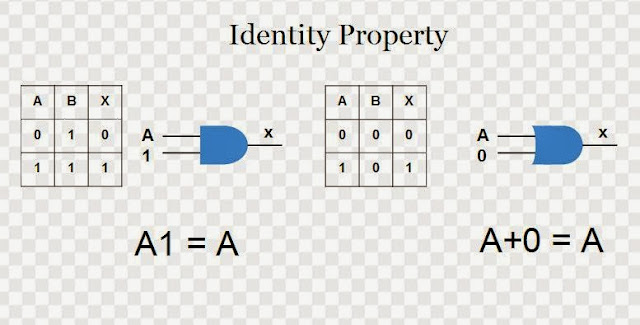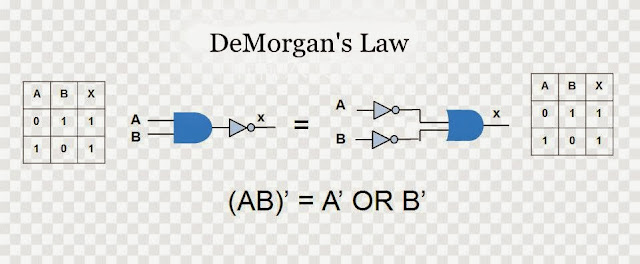Do you have a computer in your home as you were growing up? If so, how did it influence your education to this point? If not, how did the lack of a home computer influence your education to this point?
- Yes, I do have a computer when I were growing up. In my opinion, it has a good influence in my education because when I was young, I used to play typing English vocabulary game a lot, and this made me knows how to use keyboard and know how to place properly (since the first rule of the game is to know how to place the keyboard properly). As days goes by, I became more accurate while typing! And not just only that, even the vocabularies in the game helped me know many easy English vocabularies! and that is actually a good influence for education in a point. Even now! for education, computer made everything way easier than what it used to be. For example, if I don't understand what teacher said in class, I can always "Google" it using computer.
The digital divide puts those who have access to technology on one side and those who do not on the other side. Do you feel that it is the right of everyone to have access to technology?
-Its right for people to access to technology but is not good to separate those who have access to technology and those who don't. For accessing to technology and digital divide, is just up to the user whether they'd like to use computer or not, if they like it then they should go ahead and access to the technology. But it would't be good if they separate people hat have access to technology and those who don't have because it doesn't mean that if I don't have a computer or a smart device, I don't want to use them. It more like, they can't and they don't know how to use, so instead of being happy to see the device they might feel like "oh, I don't know to use so forget about it". So now people that have the access to technology can go help and teach them how to use so they can access and feel interested to technology.
It will cost a great deal of money to erase the digital divide. Who do you think should be responsible for paying cost?
-For me I think that the government should pay for it. Because the cause of "digital divide" is not from us, is not us who made those people separate into 2 sides. And since I think that government are the ones who work for the country to make a country better, they should be responsible for all these. For example, nowadays there are many, almost every school has computers, TVs, etc but there are still many poor people that goes the schools that doesn't provide them all these. And so, the government now can provide some computers to those poor people that can't go to a school that has computers! so It will be equal.
Having access to technology is not enough; people must be taught to use the technology they have. How would you define computer literacy for each of the following groups of people?
a. High school students in an industrialized country:
-Since they are students in an industrialized country, they have a clear idea of how to use computer because everyone is using it, and it is just very common for high school students to use computers, iPads and those other electronic devices in school. Textbook might even all be E-Copies, and homework are mostly online. And I believe, many of them do have "research paper" as their homework during high school time, and so they actually uses computer to do online research about their topic.
b. Kindergarten teachers in an industrialized country:
-Teachers teach in kindergarten mostly teaches basic things, and so they might not touch computers that much since they uses something more like big books big pictures, activities, games etc. So the teachers might not really use it a lot everyday which is different from what those teachers in high-school did. But if they really have a lesson about computer, the teachers might just introduce the really basic component and function of outputs of computer such as (keyboard, mouse, etc).
c. College graduates in an industrialized country:
-College people had been through both kindergarten and high school, so they actually have the best and the most clear computer literacy! Probably they learned about engineering during college, so when they graduate, they would have to touch computer all day everyday and it would actually become the thing that they "have to" use everyday in their life. And not even engineers, even those people who work for selling things online, they would have to be good at organizing a website to make it look attractive to the customers so that they can earn money. So in this stage, it would be the most clear time of their life of using computer.
d. Students in sub-Saharan Africa:
-Just by looking at the place, "sub-Saharan Africa" and compare to "industrialized place" we can say that, the students here might not get to have personal computers, probably some but it might be really less but even though they have, they might not use it like what the students lived in industrialized place. Their level might be the same as those kindergarten students that lived in industrialized place.
e. College graduates in sub-Saharan Africa:
-College graduates might have better computer leniency than the students, but, since their work in the future might not be something like engineer, but instead they might work at their home etc. So they might know about the computers but not as easy as the college graduates in industrialized country and not as "deep" as them either.
f. Government officials in the Andes:
-Since they are government officials, they should at least know some basic things about computer but they're in Andes, where there are mountains etc, they might not use computer a lots but like I just mentioned, they are government who work for their country, so they might at least have a standard level of computer using in order to connect and keep in touch of other countries.







.JPG)












